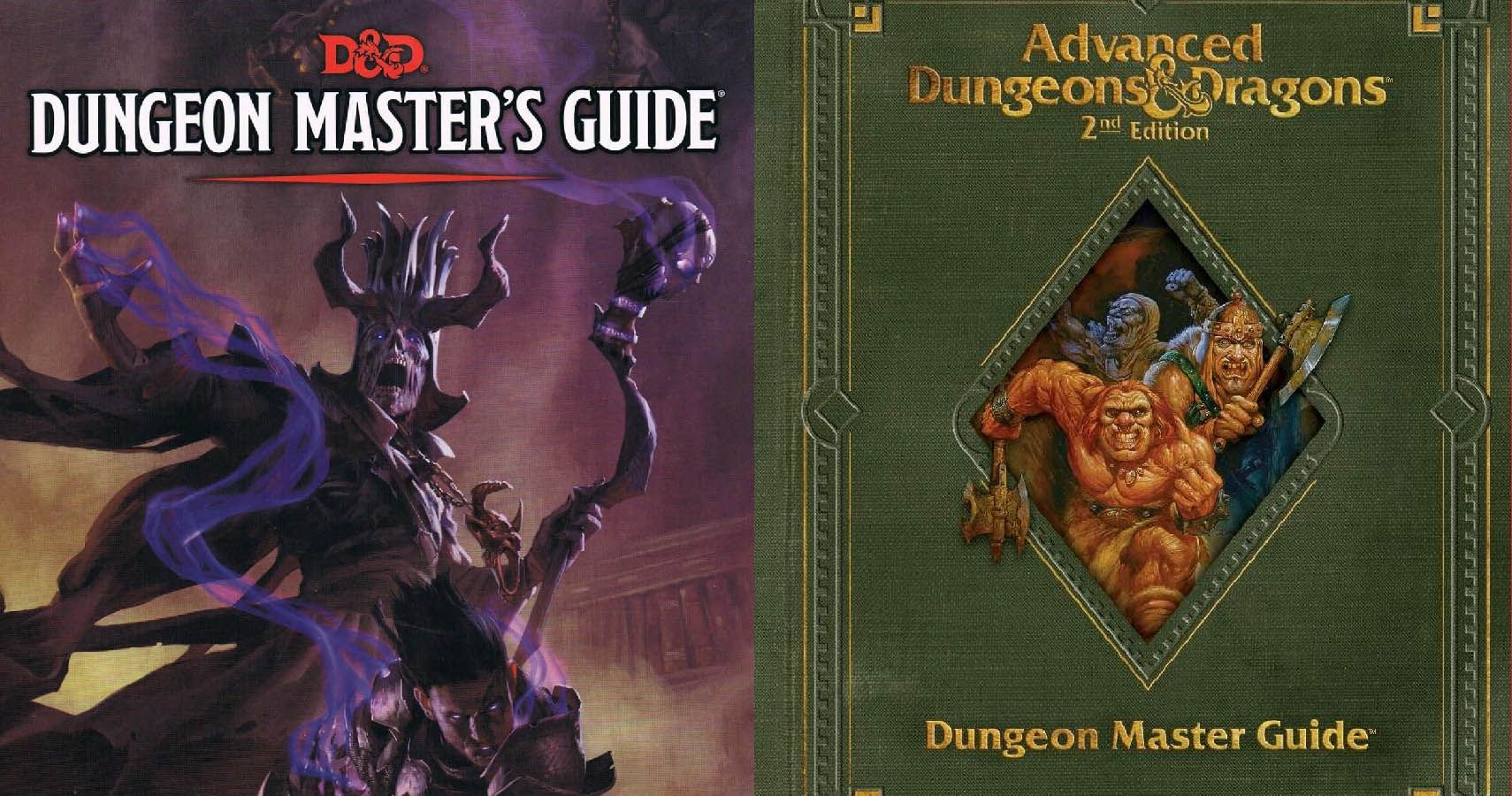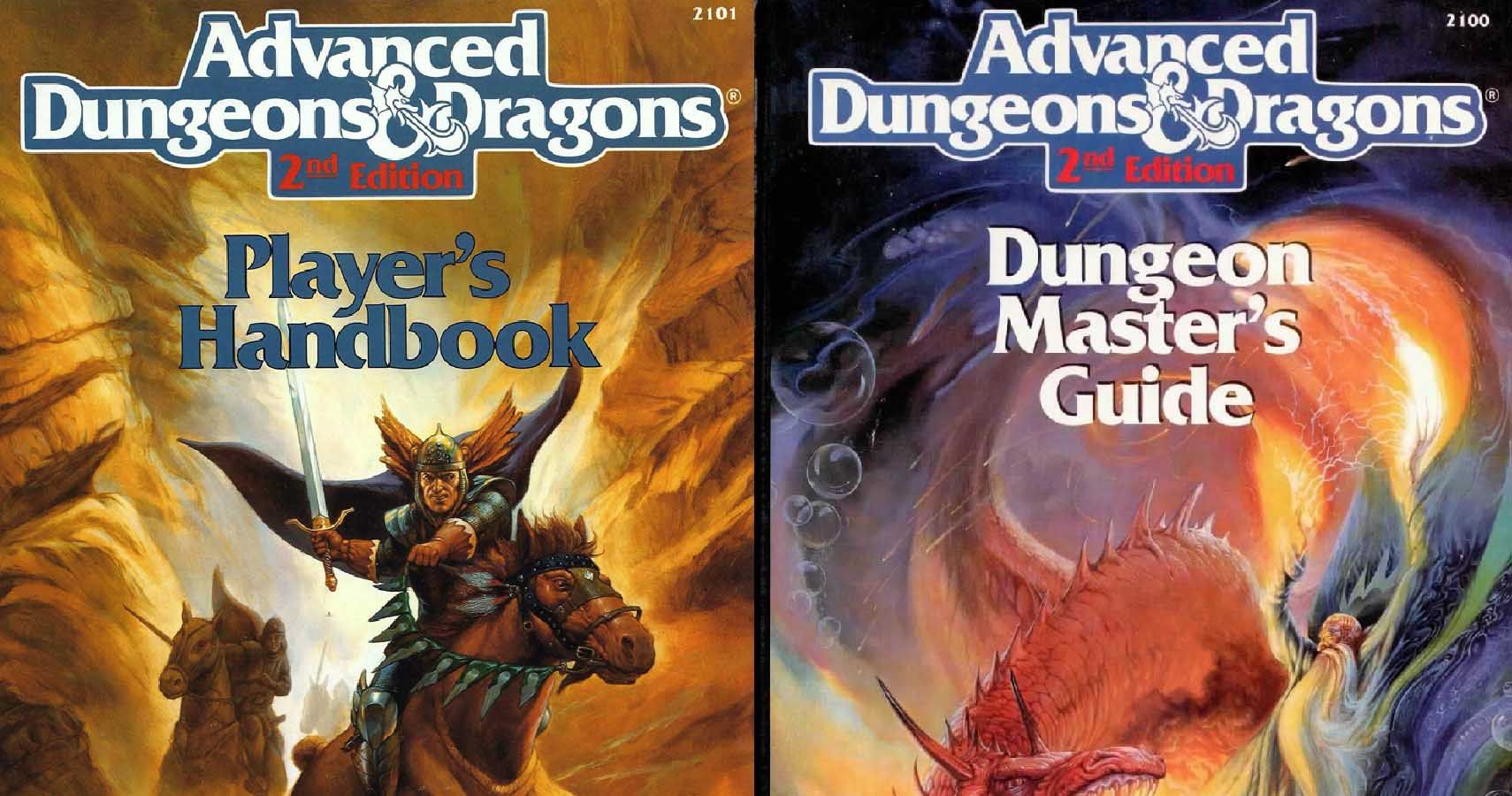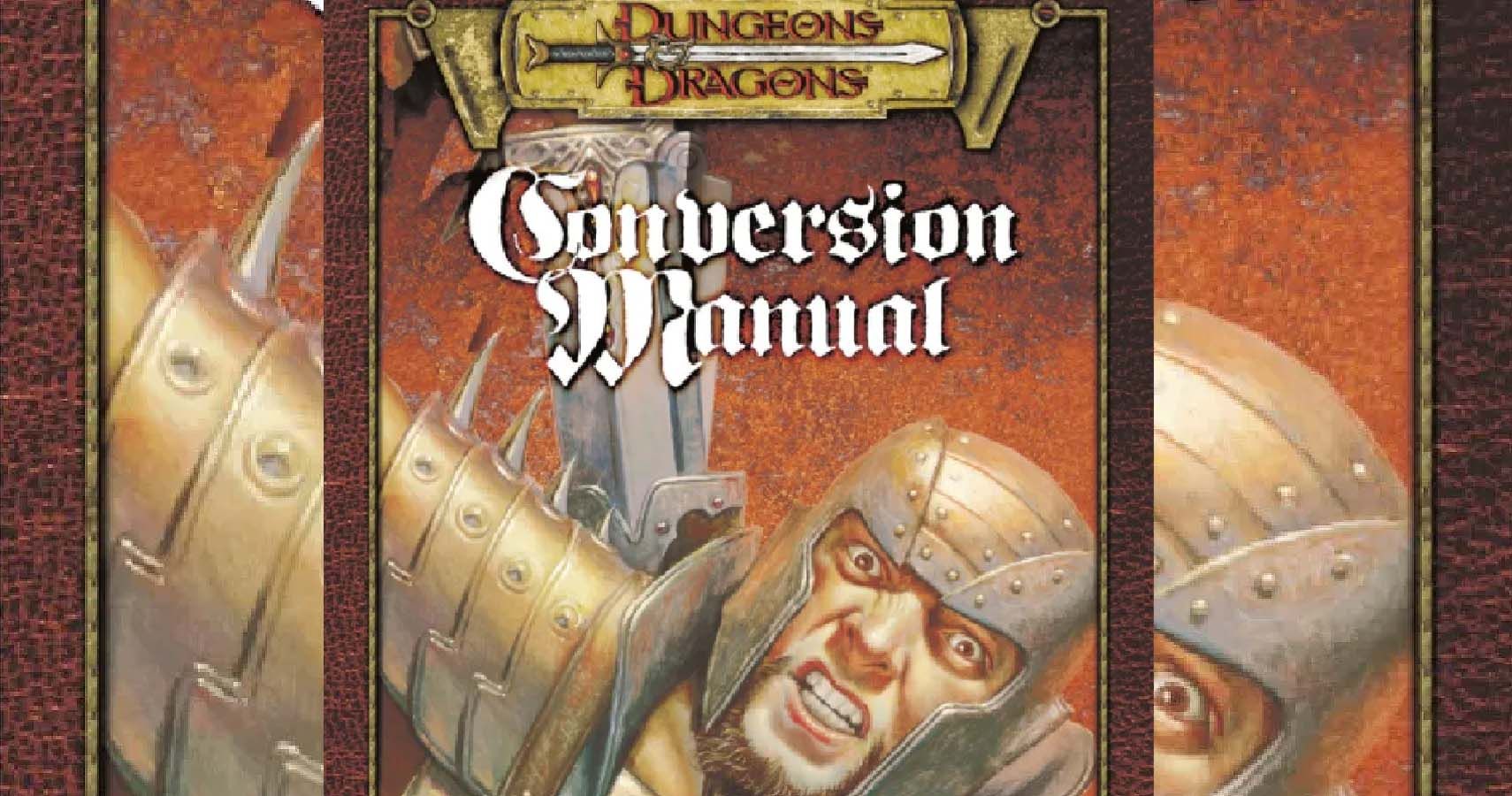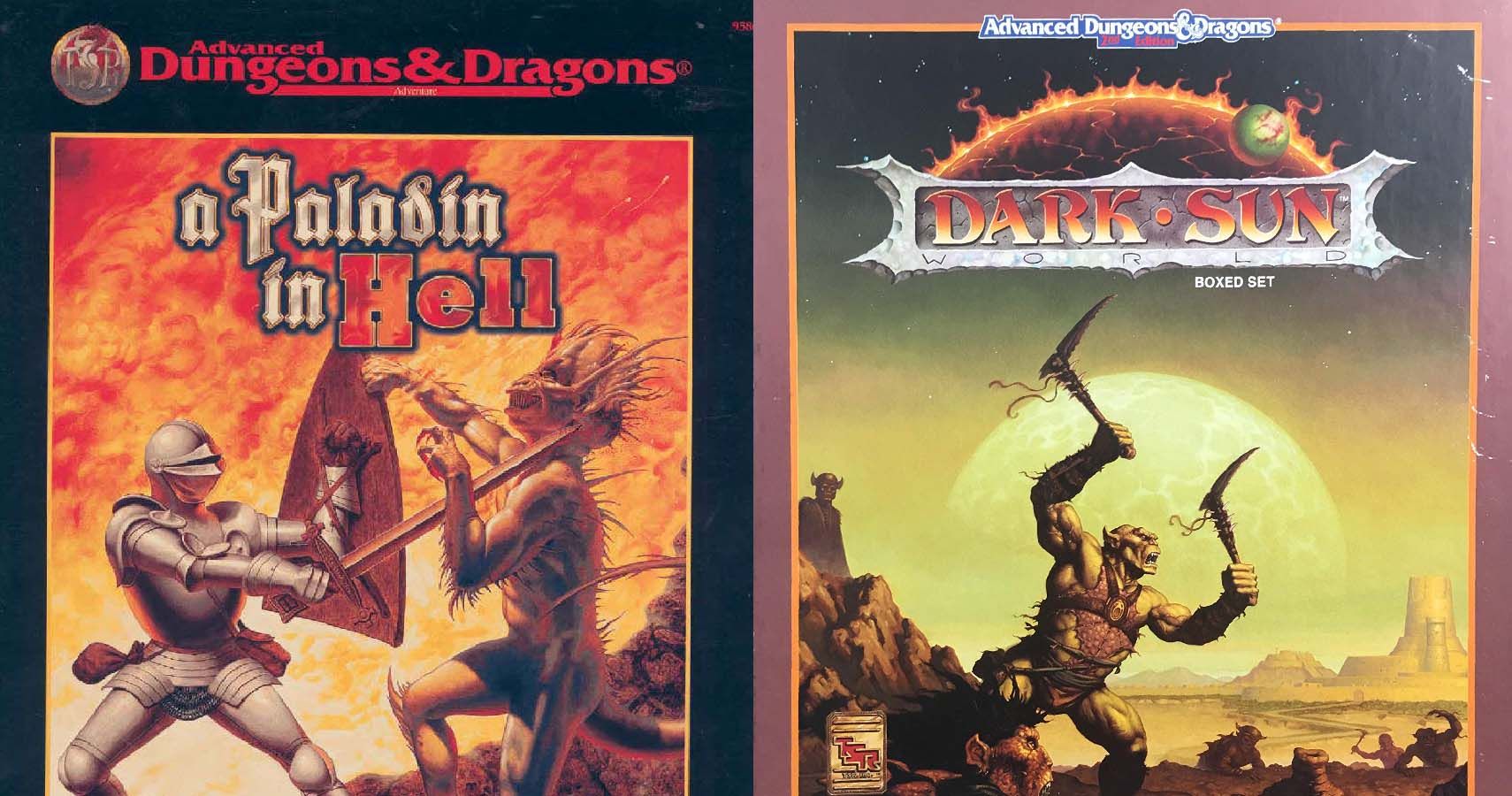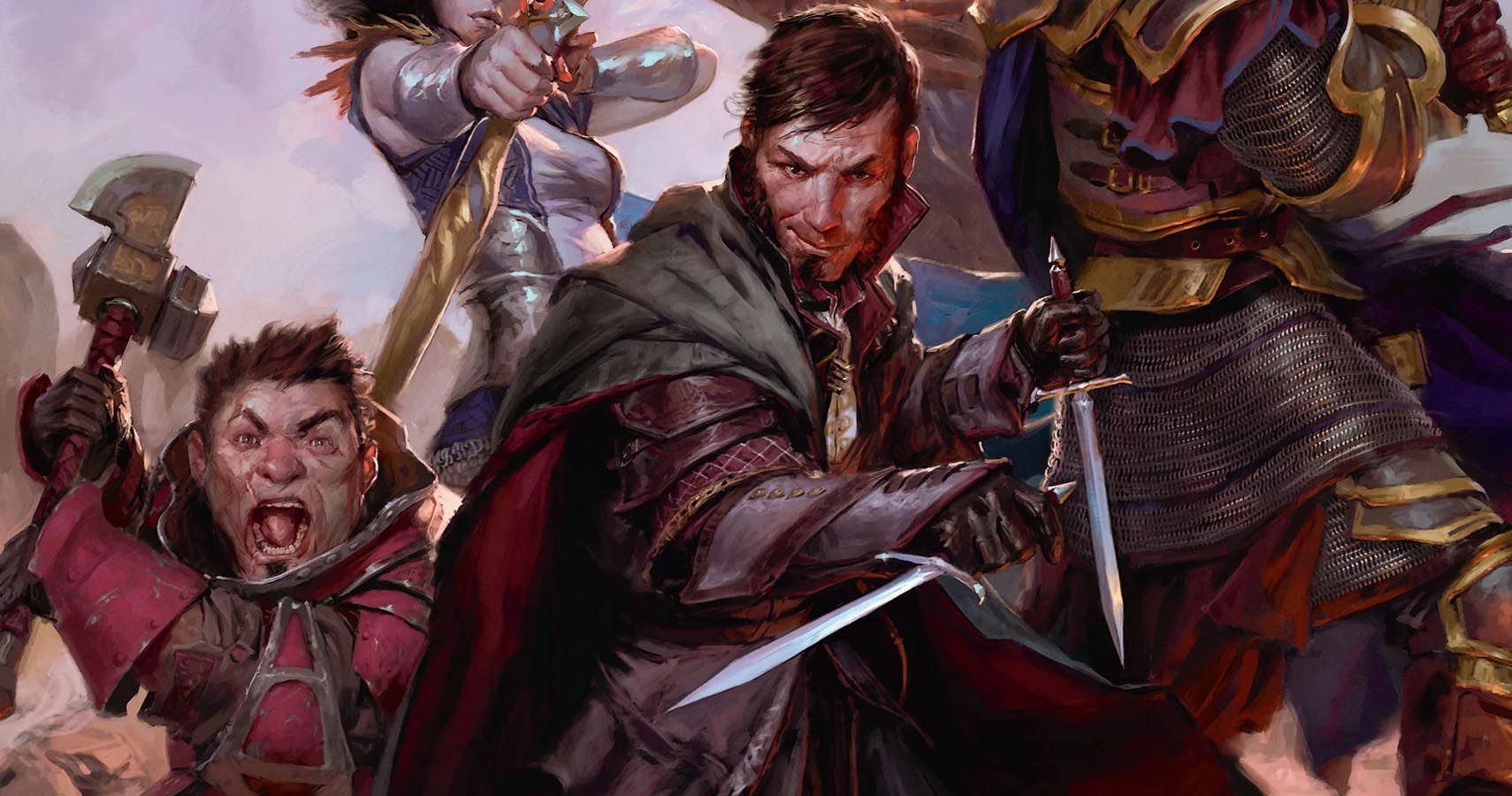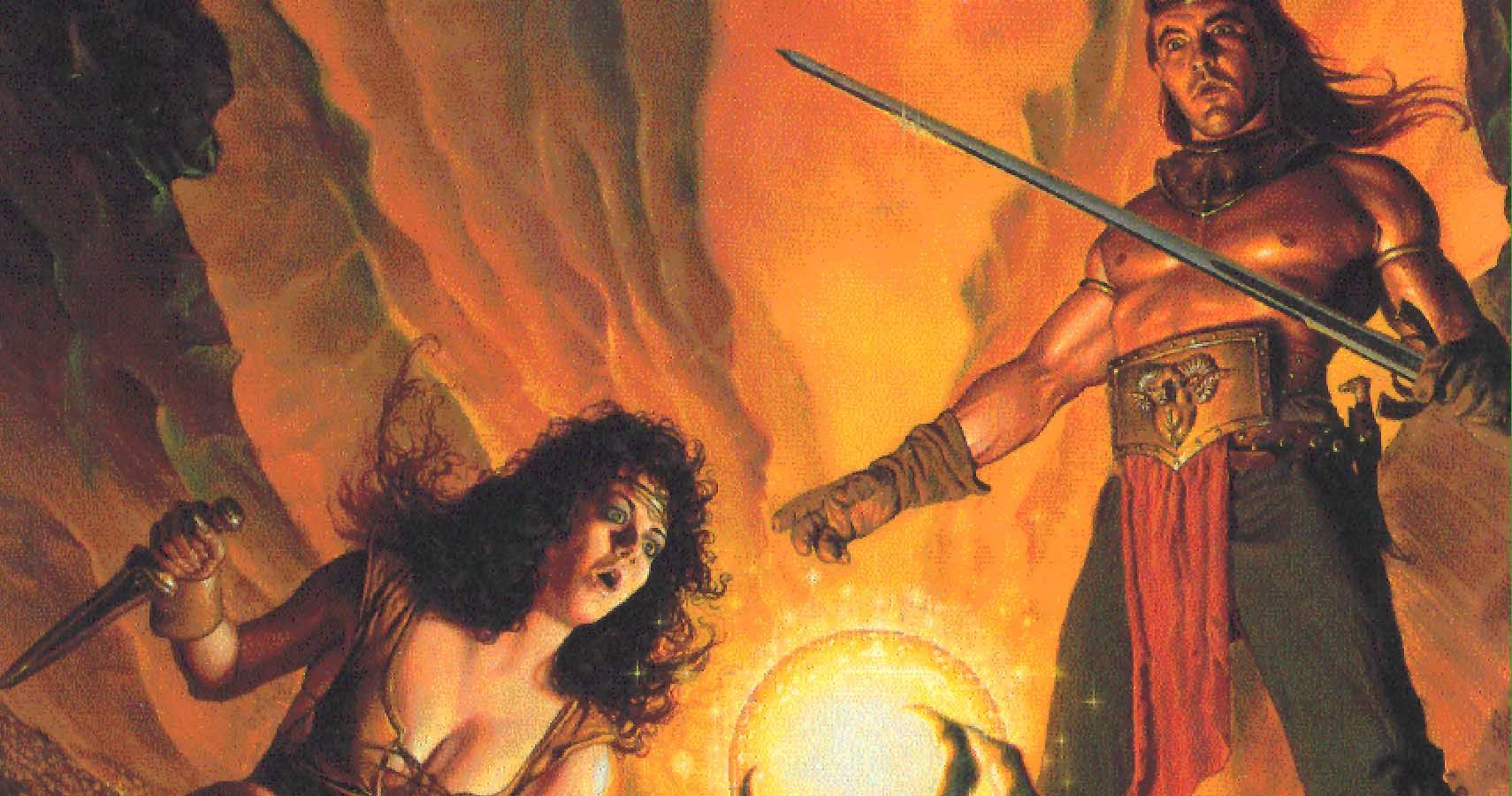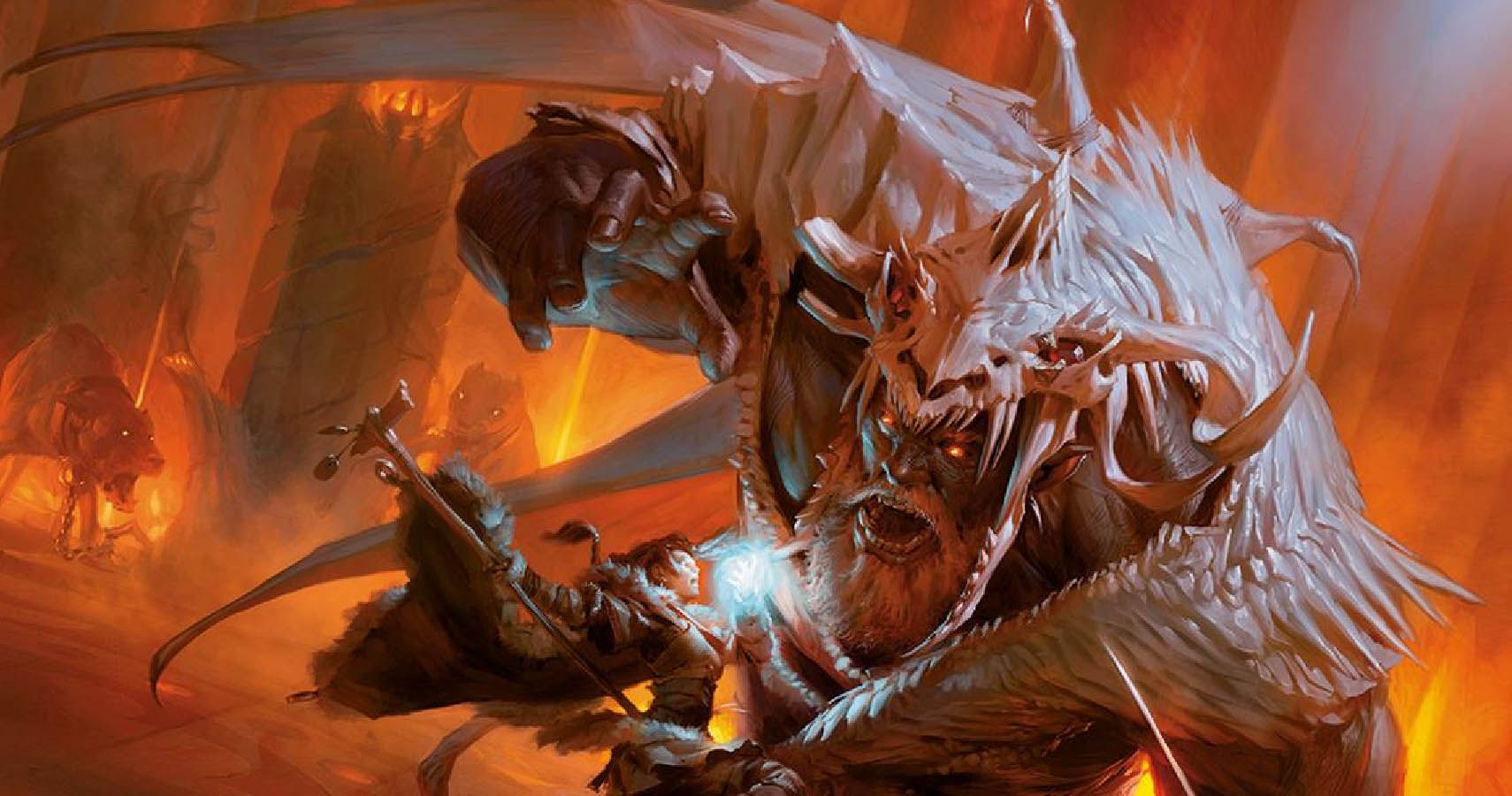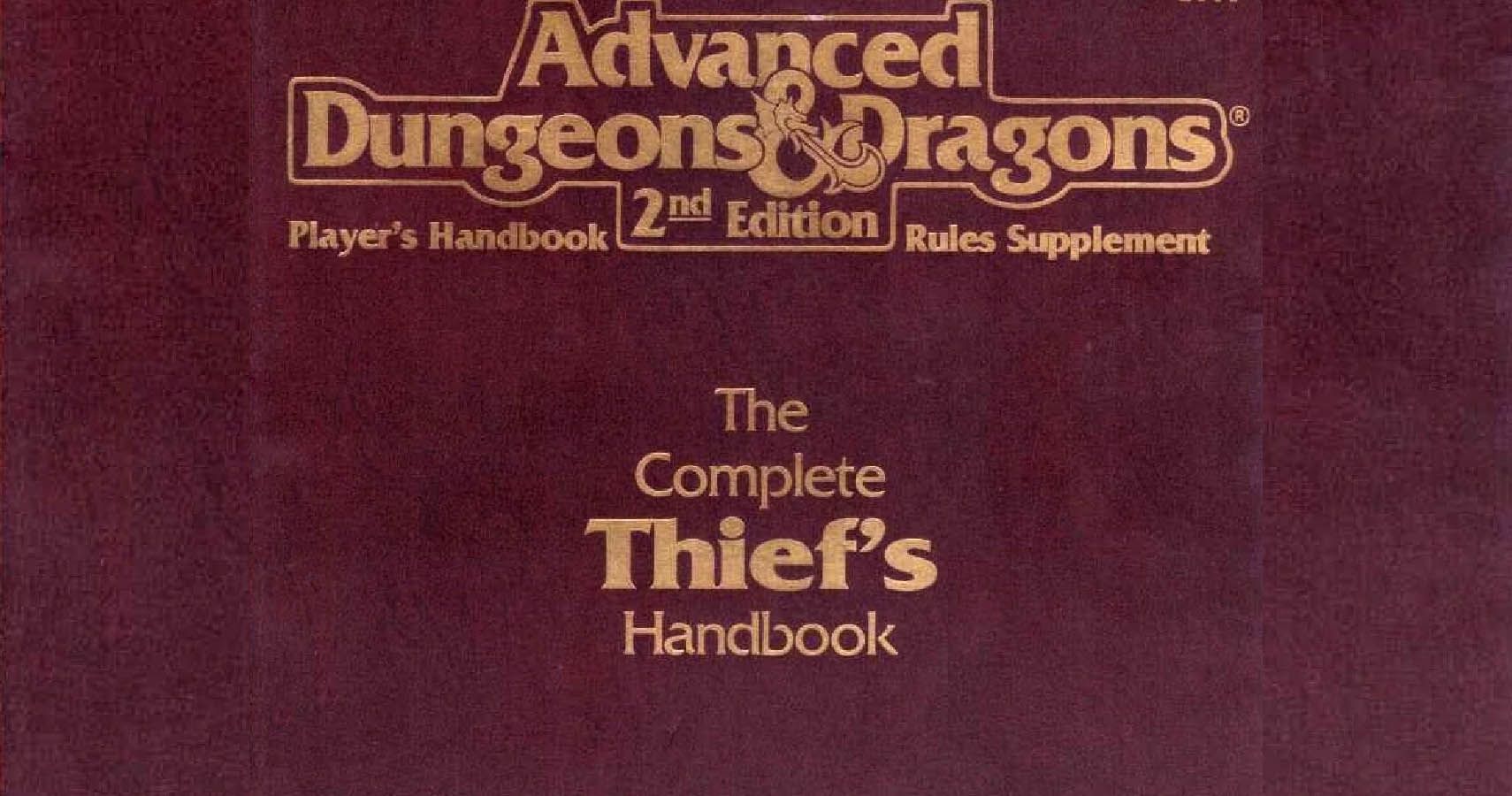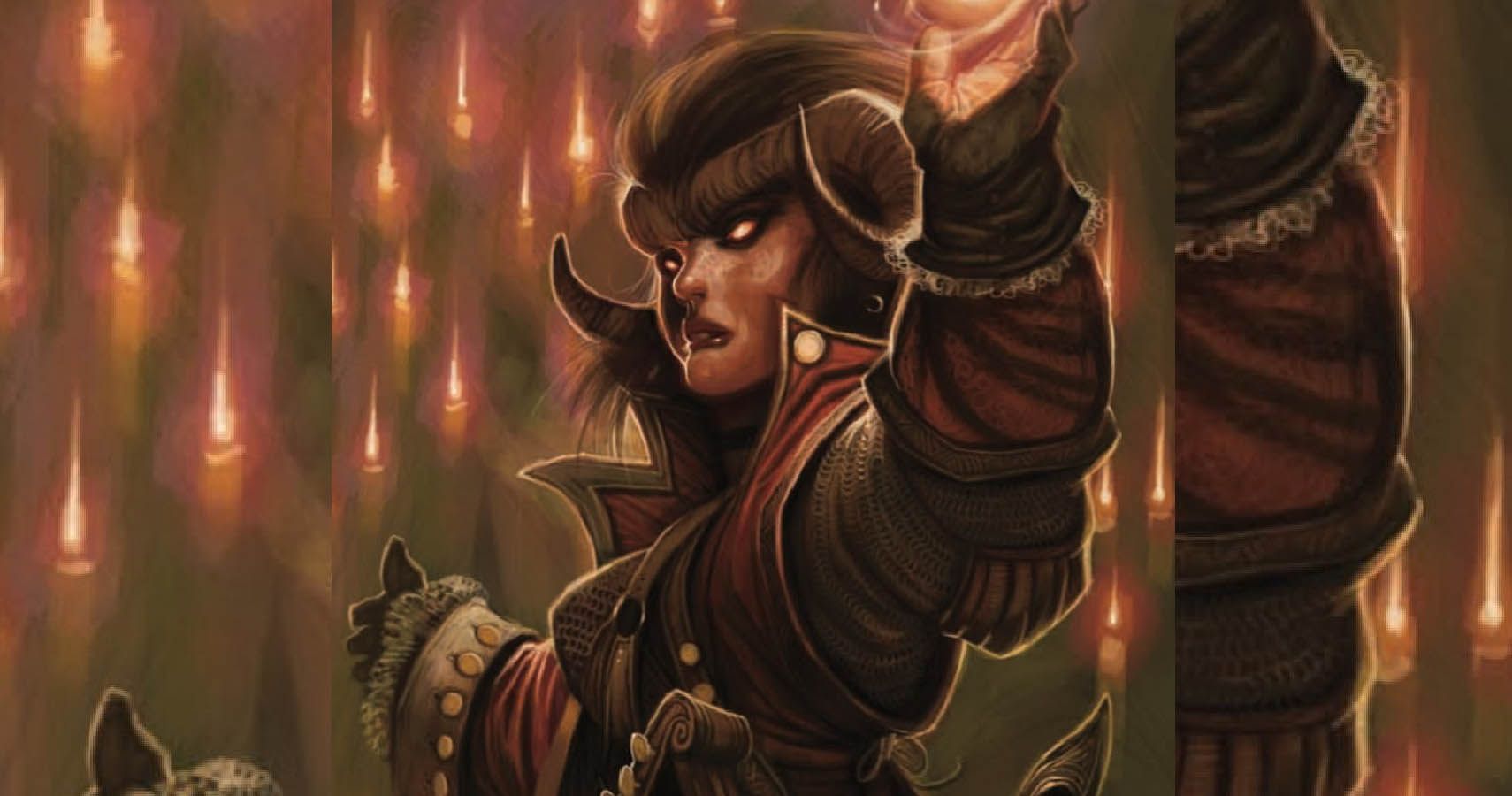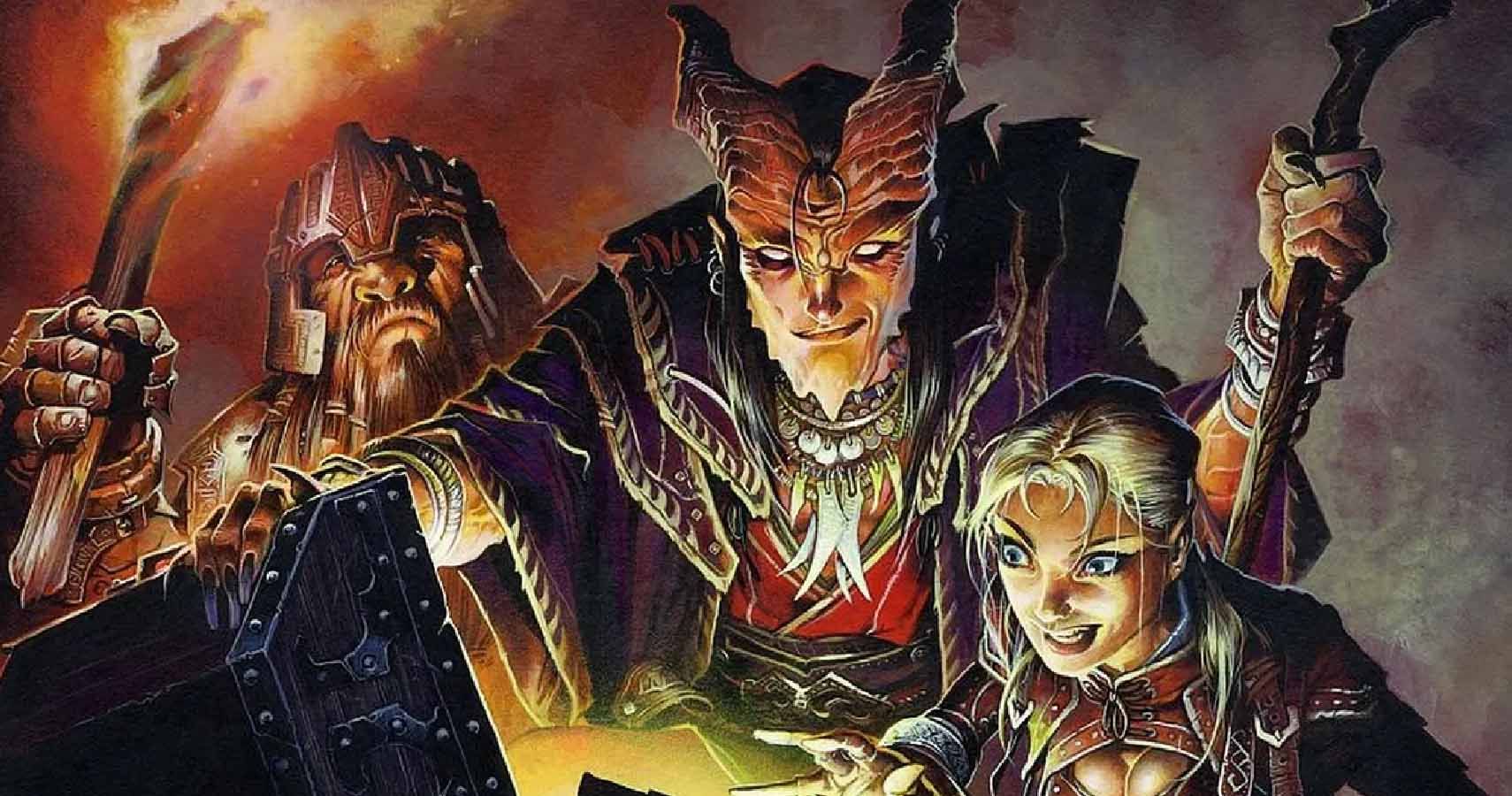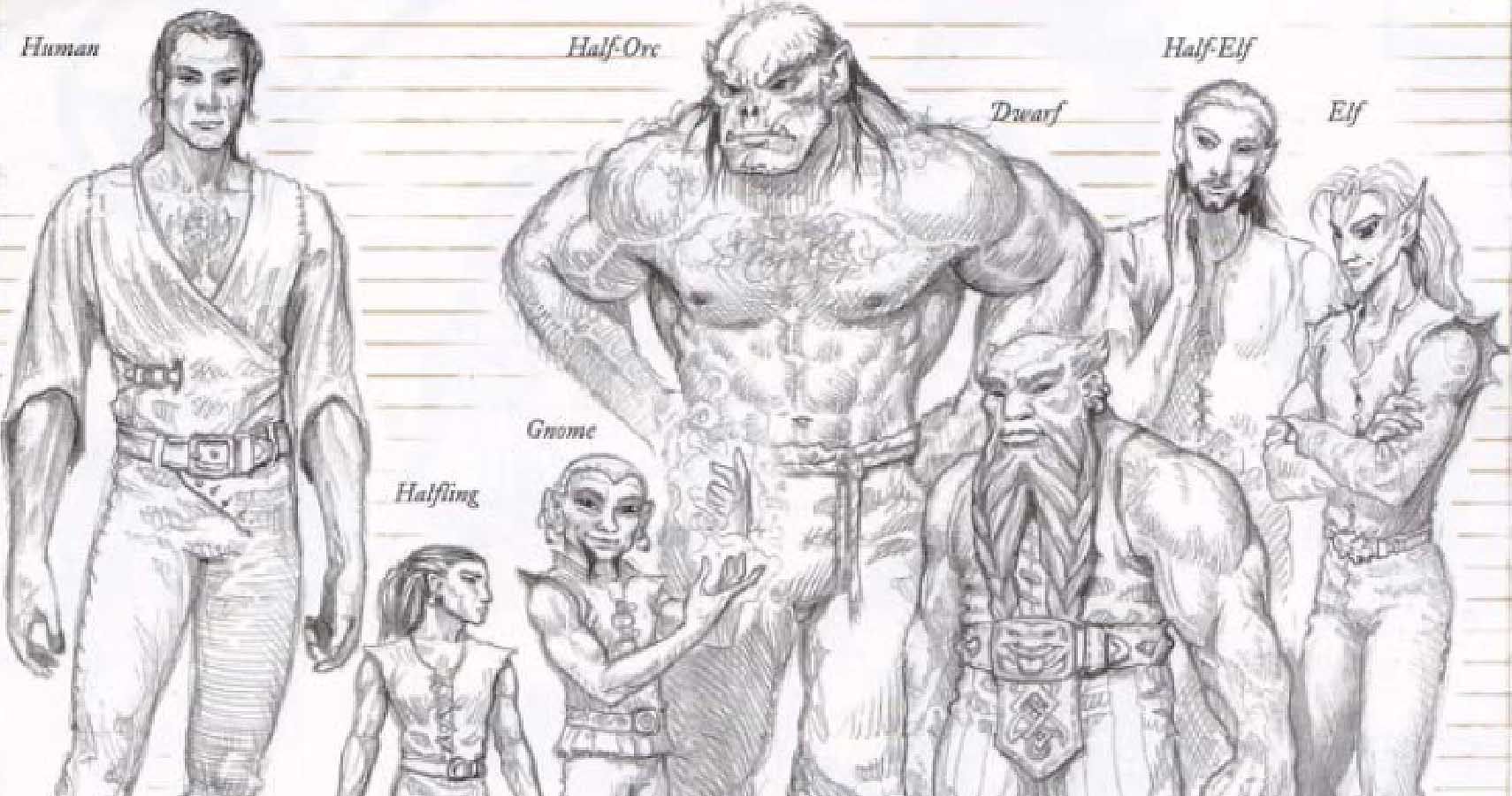There are many, many, Dungeons & Dragons players that look at 5th Edition and do not see it as an improvement – just an need to buy more books/manuals to stay current. There are some new features introduced into D&D in later editions that are welcome, and in fact long overdue. A great example of one of these features is scalable spells – the ability to memorize a spell at a higher spell level to increase the spell’s effectiveness. One would think that because 5th edition is built upon the previous editions it must be better, but newer does not always equal better. Many players still contend that 2nd Edition is, with a few minor changes, the best D&D game system. Here are five reasons why 2nd Edition is better than subsequent editions and five reasons why it’s worse.
10 Better – Price
Let’s be honest, Dungeons & Dragons guidebooks like the Player’s Handbook and DM’s Guide are not cheap, and they never have been when new. The price for both of the previously mentioned tomes has traditionally been around thirty dollars. When players start adding supplemental materials like the Unearthed Arcana and campaign/adventure modules D&D can become a very expensive hobby.
However, the 2nd Edition books are old (and obsolete) enough to be purchased relatively cheaply at resale books shops or on sites like Ebay. For the price of only a few 5th edition books players can acquire a respectable library of 2nd Edition books.
9 Worse – Easier Backward Compatibility
It is much easier to take something from 2nd Edition not present in later editions, like a spell, and convert it to later editions than to do the reverse. Much of this is because 2nd Edition is the bedrock upon which all later editions of D&D were built. There was of course the original (1st Edition) D&D, but that was a very different game compared to later editions; with races like elves and halflings (but not dwarves for some reason) being a race and a class in one. Incorporating some features of later editions, like feats, into 2nd Edition can get a little tricky.
8 Better – Supplemental Books
Even those who hate 2nd Edition have to admit that there is at least a lot of it. There were so many 2nd Edition guides/manuals/tomes to flesh out the game worlds and give the players more options that it is easy to get overwhelmed – especially for the DM. One feature of 2nd Edition that has not been imitated much in later editions is the boxed set. These boxed sets were usually for the new settings, like the Forgotten Worlds and Ravenloft, introduced in 2nd edition, and featured great extras like fold-out maps, custom DM screens, and reference cards.
7 Worse – 2nd Edition’s THAC0 System
Even though the math involved in determining whether attacks were successful in 2nd Edition was not too complicated, it was still enough to cause confusion at times. THAC0 stands for To Hit Armor Class 0(Zero), and started all armor classes at 10. Bonuses from things like armor or dexterity were subtracted from this total; this could lead to having a negative armor class total.
The THAC0 starts at armor class 0, so the player would have to add or subtract the opponent’s armor class from their THAC0 score. The method introduced in 3rd Edition of positive armor class bonuses and subtracting the attack bonus from the opponent’s armor class is much better.
6 Better – Better Magic Items
Nearly all of the magic items from 2nd Edition are available in later editions in one form or another. Starting with 3rd Edition though, magic items took on a more “cookie-cutter” style that is more common to video games. The item prefixes and suffixes are limiting, and it also takes a lot of the mystery and role-playing out of the game. A Flaming Keen Long Sword of Resilience in the modern editions of D&D would have had a name more like Fire Edge in 2nd Edition. Here’s a good analogy that fits this comparison; digital music storage (the prefix/suffix system) is more versatile than analog music storage (2nd Edition’s system), but analog forms of music storage still produce a superior result in terms of quality of experience.
5 Worse – Play Mechanics
It supposedly took two years to develop 2nd Edition. It is perhaps a result of the development phase taking so long that many aspects of 2nd Edition are so needlessly complicated. The d20 system introduced with 3rd Edition definitely helped to make the game’s play-mechanics more uniform. This uniformity has helped to streamline the game and allow for fewer interruptions to the role-playing experience. Any pause in the game, no matter how brief, only serves to lessen the role-playing aspect. The best example of this is the THAC0 system detailed in entry #7; which was a play-mechanic that frequently brought games to a halt.
4 Better – Thief Skills
Other than Sneak Attack and a handful of their higher level abilities, there isn’t much point to running a thief in modern editions of D&D apart from roleplay purposes. Skills such as Pick Pocket and Open Locks were once, with a few exceptions, reserved exclusively for the thief class. These skills (since 3rd Edition) are now available to all classes – albeit to a lesser degree.
Gaining skills such as these were the main reason for running a thief. Now a player can run a fighter who is nearly as skilled at picking pockets and opening locks as the thief in the party, and have the benefit of a fighter’s hit points, attack bonus, feat bonus, and weapon/armor choices.
3 Worse – Feats
There were feats in 2nd Edition D&D. They weren’t called feats, there were far fewer of them, and they weren’t properly introduced until the very end of 2nd Edition. Also, most of what one could call a feat in 2nd Edition was only available to the fighter class – things like specializing in a fighting style. Feats have added a level of character customization to D&D that was sorely lacking in 2nd Edition. In 2nd Edition, if a player wanted a better armor class they needed to find better armor/magic items or somehow improve their character’s dexterity - that was about it. With the inclusion of Feats the player has many more options to lower their character’s armor class – and armor class is just one example.
2 Better – More Realistic Leveling-Up
One feature from modern editions of D&D not found in 2nd Edition is the backwards method of leveling-up a character. The 3rd Edition rules introduced the concept of character level (called “HD” or “hit die” in 2nd Edition) and class level being separate. A character chooses to add a level to a class after their character level advances. This essentially turns leveling-up a character into an act similar to picking an item from a vending machine. Characters are no longer forced to stay with a class they have chosen in life. This act is not only backwards in method, but contrary to logic and reality.
1 Worse – Choice of Race
In the 2nd Edition Player’s Handbook there are six choices for the race of your character: human, elf, half-elf, dwarf, halfling, and gnome. Half-orcs were not even an option for players with access to only the core rulebooks. In the 5th Edition Player’s Handbook the choices are: human, elf, half-elf, dwarf, halfling, gnome, dragonborn, half-orc, and tiefling. In terms of choices during character creation, more is always better. The supplemental rulebooks in 5th edition like Elemental Evil Player’s Companion and Volo’s Guide To Monsters have expanded the selection of official playable races to choices never available in 2nd Edition. Now we just need Wizards of the Coast to give us an official 5th Edition giff option - they have so far only been touched-on briefly in Mordenkainen’s Tome of Foes.

